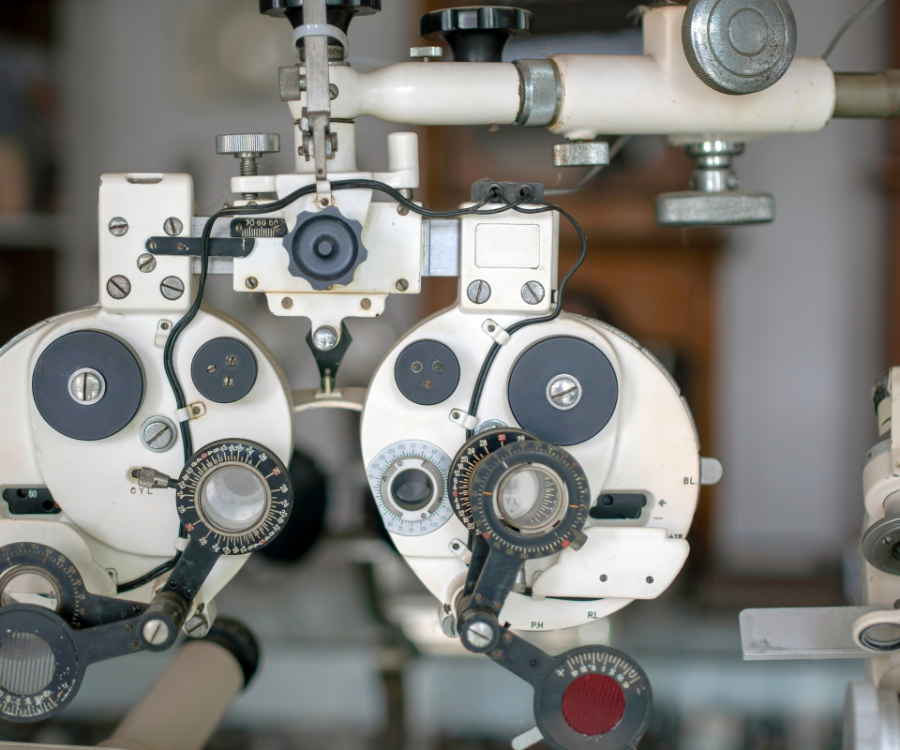When you visit an optometrist for an eye exam, you may encounter a variety of sophisticated machines and instruments designed to assess your vision and eye health. These high-tech tools play a crucial role in providing accurate diagnoses and personalized treatment plans. In this blog post, we’ll take a closer look at the machines used by optometrists to test your eyes and explore why they are essential for the eye testing process.
- Autorefractor: The autorefractor is a computerized instrument that measures the refractive error of your eyes, including nearsightedness, farsightedness, and astigmatism. By analyzing how light is focused by your eyes, the autorefractor provides precise measurements that help determine your eyeglass prescription. This automated process is quick, comfortable, and eliminates the need for subjective responses from the patient.
- Phoropter: The phoropter, often referred to as the “machine with the dials and lenses,” is a versatile instrument used to refine your eyeglass prescription during a comprehensive eye exam. It allows the optometrist to assess different lens combinations and determine the optimal correction for your vision. By conducting a series of tests with the phoropter, the optometrist can fine-tune your prescription to achieve the clearest and most comfortable vision possible.
- Slit Lamp Biomicroscope: The slit lamp biomicroscope is a powerful microscope equipped with a bright light source and a binocular viewing system. It allows the optometrist to examine the structures of your eyes in detail, including the cornea, iris, lens, and retina. By magnifying and illuminating the eye’s internal and external structures, the slit lamp biomicroscope helps detect eye conditions such as cataracts, glaucoma, and macular degeneration at an early stage.
- Retinal Camera: The retinal camera is a specialized imaging device that captures high-resolution digital images of the retina, the light-sensitive tissue at the back of the eye. These images provide valuable information about the health of your retina and can reveal signs of retinal diseases such as diabetic retinopathy, retinal detachment, and age-related macular degeneration. Early detection of retinal abnormalities allows for timely intervention and prevents vision loss.
- Visual Field Analyzer: The visual field analyzer is a diagnostic tool used to assess your peripheral vision, or side vision. This test is particularly important for detecting conditions such as glaucoma, which can cause gradual loss of peripheral vision over time. By measuring your ability to detect light stimuli in different areas of your visual field, the visual field analyzer helps identify visual field defects and monitor disease progression.
Conclusion: The machines used by optometrists to test your eyes are invaluable tools that enhance the accuracy, efficiency, and comprehensiveness of vision care. From assessing refractive errors and refining eyeglass prescriptions to examining the internal structures of the eye and detecting eye diseases, these high-tech instruments play a vital role in maintaining your eye health and preserving your vision. So the next time you undergo an eye exam, appreciate the advanced technology that enables your optometrist to provide you with the best possible care for your eyes.

